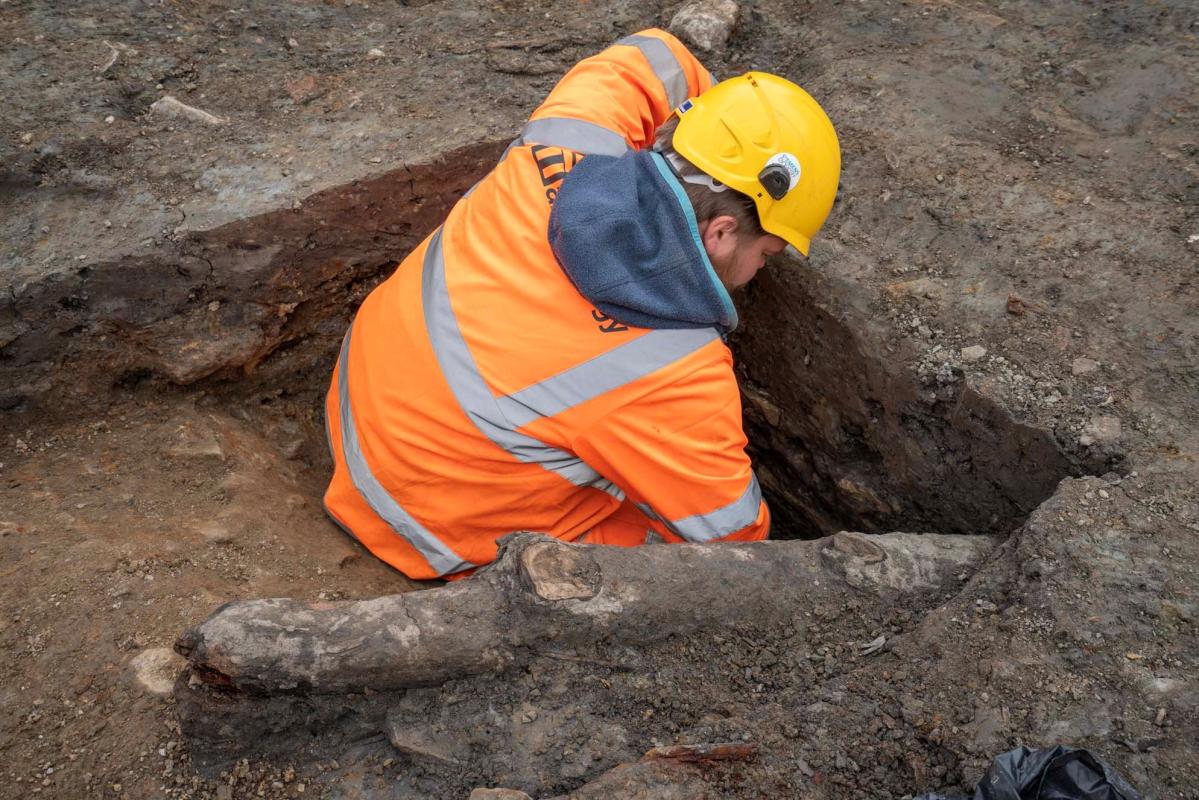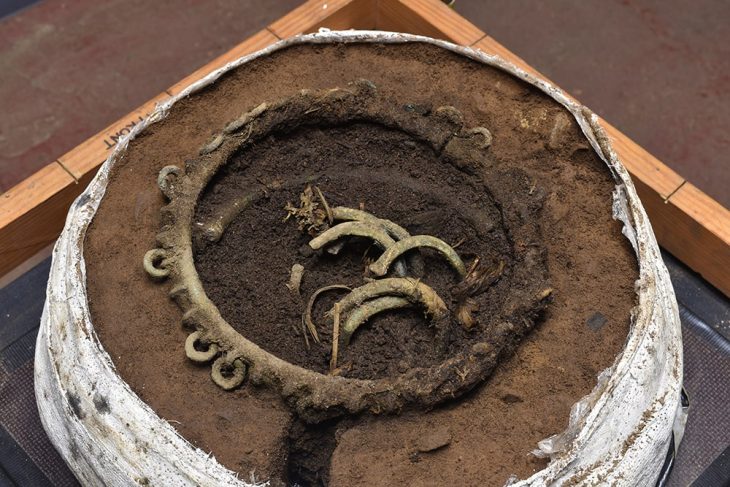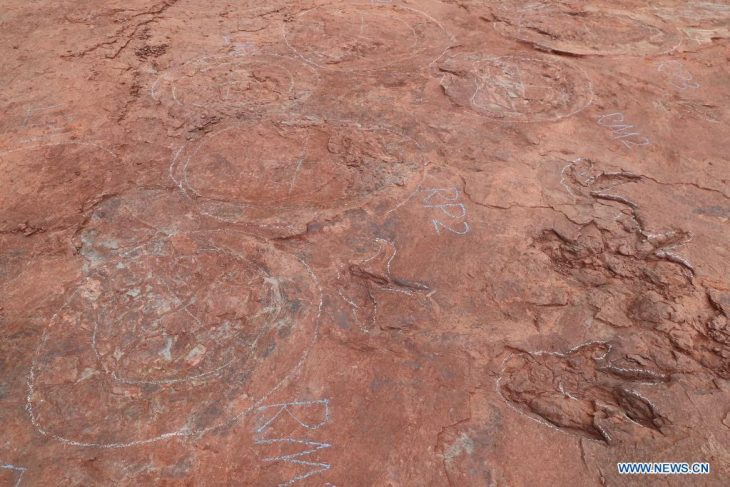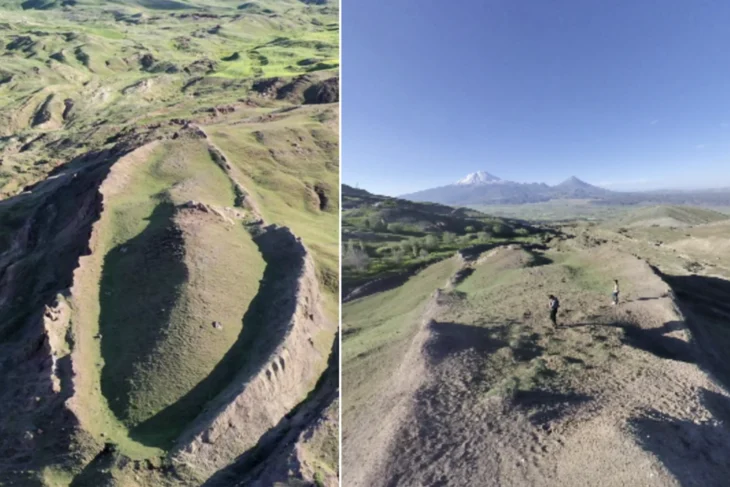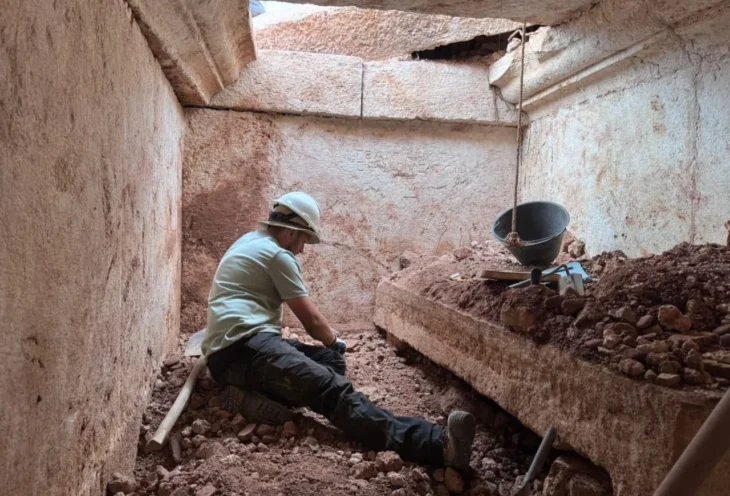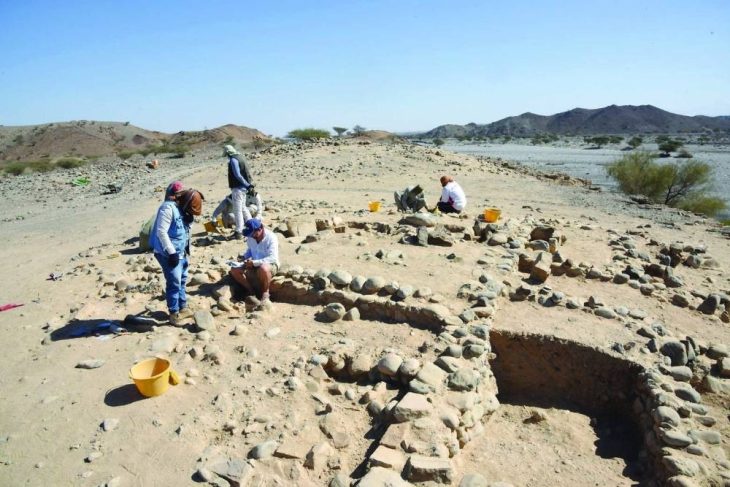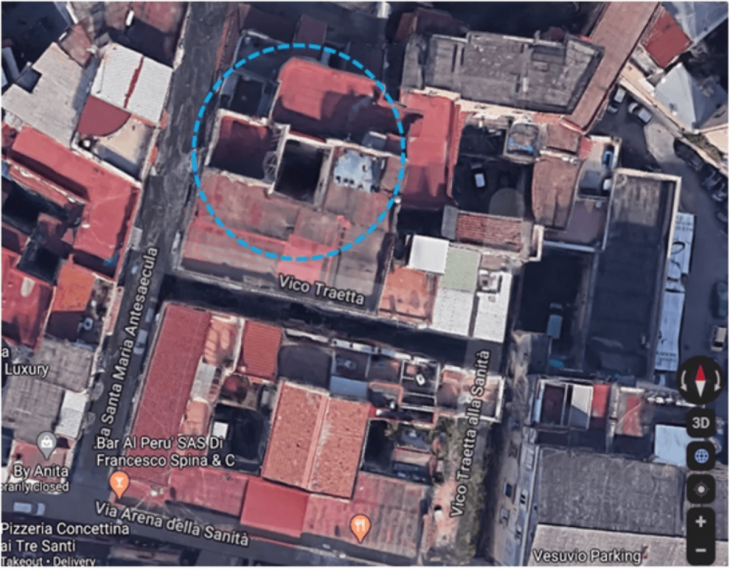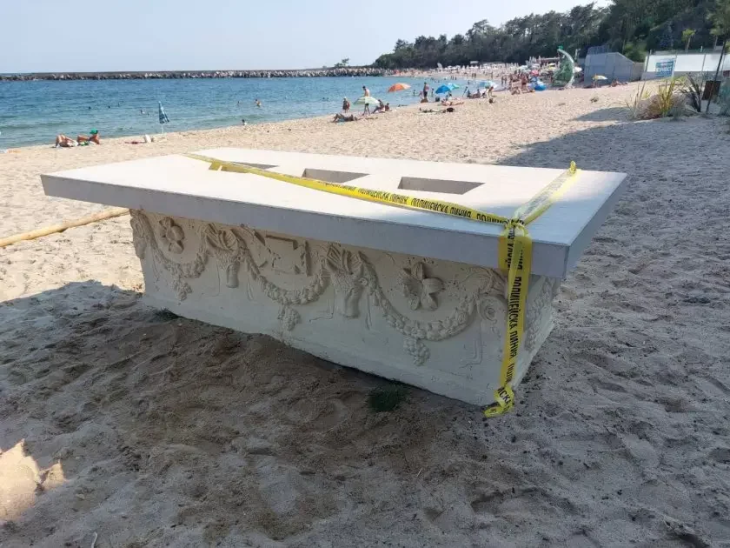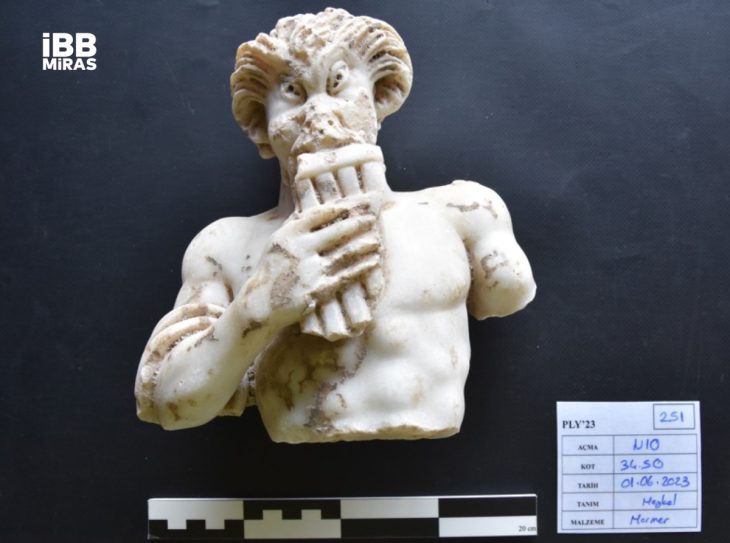Excavations at Sheffield Castle, part of the Castlegate regeneration project by Sheffield City Council, have revealed the first known surviving examples of 17th-century Civil War defensive stakes, referred to as an ‘abatis’. These stakes were utilized to fortify the castle against attacks during the Civil War.
The stakes were unearthed from the remnants of the moat that once shielded the southern and western flanks of the castle. Crafted from robust branches of ash and elm, each stake measures approximately three feet in length and features sharpened tips. Their crude construction—evident from the bark still clinging to the trunks and the visible axe marks—suggests they were hastily fashioned, likely under the pressing threat of an imminent assault.
Positioned firmly within the silted depths of the moat, these stakes are indicative of the castle’s formidable “abatis,” a defensive structure designed to thwart attackers. This fortification method involved the strategic placement of large, thick branches, with side limbs removed and ends sharpened, arranged at various angles to create a treacherous barrier for both mounted and foot soldiers. Sheffield Castle is historically recognized for having an abatis positioned prominently in front of its medieval gatehouse, enhancing its defensive capabilities.
Ashley Tuck, the lead archaeologist from Wessex Archaeology, highlighted the significance of this discovery, stating, “While abatises are frequently mentioned in discussions of historic defenses, actual evidence is quite rare. The opportunity to hold the very wood that defenders relied upon is extraordinary. Historical records show that the castle ultimately succumbed to Parliamentarian forces following a 10-day siege in August 1644. Although these timbers did not succeed in safeguarding the castle, they offer crucial insights into the brutal realities of the war and deepen our understanding of Sheffield’s historical narrative.”
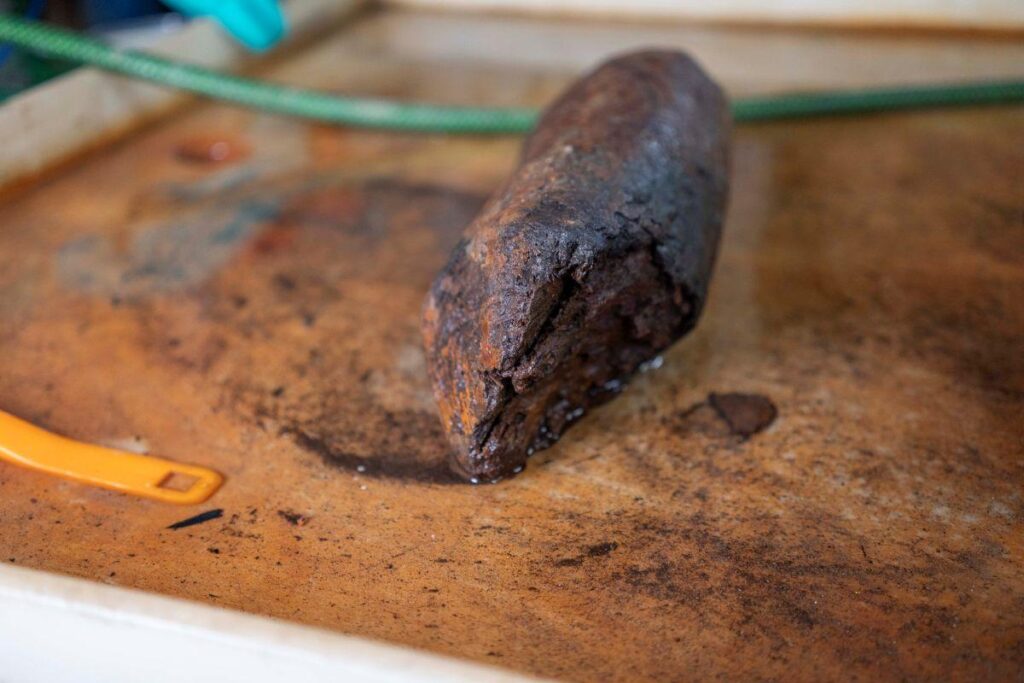
Finding these wooden stakes intact is uncommon, as they usually decay or are destroyed after use. They were buried shortly after the siege during the castle’s slighting, which helped preserve them in the six-meter-deep rock-cut moat. The waterlogged conditions allowed the stakes to survive for nearly 400 years, offering further insights into this tumultuous period in Sheffield’s history.
📣 Our WhatsApp channel is now LIVE! Stay up-to-date with the latest news and updates, just click here to follow us on WhatsApp and never miss a thing!!
The project is co-funded by the UK Government and the South Yorkshire Mayoral Combined Authority.
The ongoing archaeological investigation is part of Sheffield’s Castlegate project, which aims to create a public park and cultural space that highlights the remains of Sheffield Castle, uncovered for the first time since its demolition by Parliamentarians in 1644. The project also includes the reopening of the River Sheaf, which was covered in 1912 but historically served as a defensive barrier for the castle.
The stakes are currently undergoing conservation at York Archaeology, a process that will take years to stabilize the waterlogged wood for long-term preservation. Once completed, the stakes will be transferred to the Sheffield Museums Trust for public display at their original location.
Cover Image Credit: Wessex Archaeology

